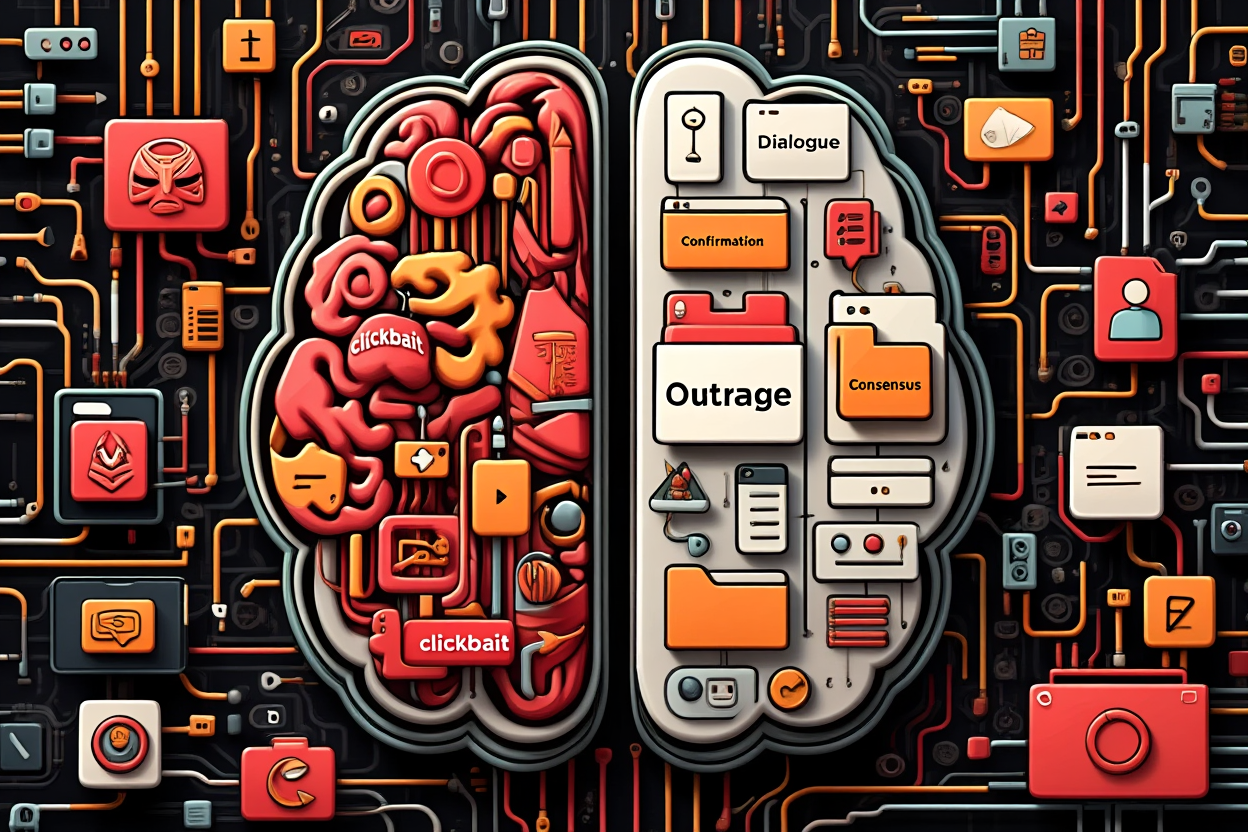The Sempergeist Institute
The Sempergeist Institute (operating as Conway Cultural Development Corporation, EIN: 47-5065116) is a 501(c)(3) nonprofit organization dedicated to healing through art, ritual, and narrative exploration. Contributions are tax-deductible to the extent allowable by law.

The Sempergeist Institute is a nonprofit research and practice center dedicated to healing and meaning-making through art, storytelling, and narrative exploration.
Founded by Dr. Dennis Stevens—U.S. Coast Guard veteran, visual artist, and author of Sacred Descent of the Warrior—the Institute collaborates with veterans, educators, Veteran Service Organizations (VSOs), and the Veterans Administration to pilot programs, evaluate outcomes, and develop evidence-based tools that foster resilience, belonging, and growth within the veteran community.
Poewell
Poewell, the Institute's flagship initiative, is a digital platform for visual storytelling, emotional connection, and inner world-building. It uses guided world-building, visual narrative, and peer reflection to help veterans and others moving through grief or major life transitions map their inner journeys. Each participant creates evolving visual worlds in a safe, facilitator-led environment, giving them a grounded way to express, understand, and share the emotional landscapes they are navigating.
Research & Resources
The work of the Sempergeist Institute is grounded in research demonstrating why nonverbal, image-based storytelling is essential for veterans with PTSD, Complex PTSD (C-PTSD), and TBI. The following resource lays the ground on how art unlocks trauma, restores coherence, and rebuilds connection to community:

Mission Statement
The Sempergeist Institute bridges emerging AI technology with trauma-informed care, developing creative healing tools for veterans, first responders, and their communities. Through creative placemaking and partnerships with VSOs and the VA, we translate Silicon Valley innovation into safe, clinically aligned protocols that are HIPAA-compliant, integrate crisis response, and incorporate evidence-based practices. Our goal is to make advanced creative technologies accessible through trusted veteran service networks.
Why This Work Matters
Veterans, law enforcement, and first responders are trained to act decisively and push through crisis. That discipline saves lives, but it leaves little room for emotional processing or repair. Over time, unaddressed trauma can harden into isolation, numbing behaviors, shame, and disconnection from family, community, and self.
Art and ritual offer another path. Art externalizes memory and emotion into images, symbols, and stories. Ritual provides the container where those expressions are witnessed, shared, and integrated. Together, they create opportunities for pause, reflection, and reconnection—both during service, to interrupt the unspoken accumulation of trauma, and after service, to support a return to civilian life with greater presence.
This work addresses the full arc of trauma: sustaining wholeness during service and creating responsive, emotionally intelligent pathways for life after service. It helps individuals move beyond isolation and reestablish connection with themselves, their families, and their communities.
For Funders
Investing in this work means addressing the deeper disconnection that undermines resilience. Art and ritual are cost-effective, scalable, and evidence-based, but they are also profoundly human. They create spaces that traditional therapies often cannot, offering new pathways for renewal for those who serve and those who have served.
By disrupting entrenched isolation, this work helps people reconnect with themselves, trusted peers, family, and community. We invite foundations, corporate partners, and individual donors to join us in making these tools accessible to those who have served.
Contact
Dr. Dennis Stevens
Founder, Sempergeist Institute
dennis@conwayculture.org